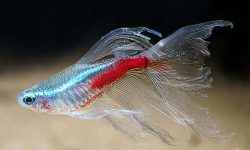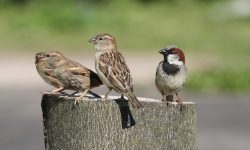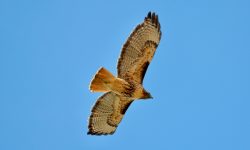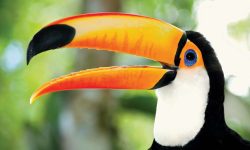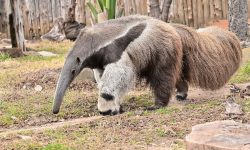The Indian Runner Duck is one of the most unique and recognizable duck breeds in the world. With its upright posture, long legs, and penguin-like walk, this breed has fascinated poultry enthusiasts, farmers, and backyard hobbyists for centuries. Originally bred in Southeast Asia, the Indian Runner Duck has found popularity across continents thanks to its efficient egg-laying ability, active nature, and entertaining demeanor.
Unlike most duck breeds that waddle, Indian Runners stand nearly vertical and run rather than waddle. This peculiar trait, combined with their excellent foraging skills, makes them highly valued in both domestic and farm settings. Their charming appearance and low-maintenance needs further add to their appeal.
History and Origin of the Indian Runner Duck
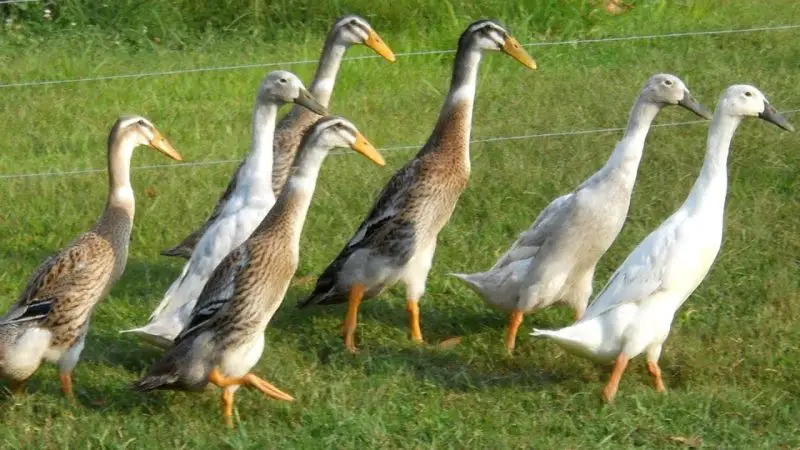
The Indian Runner Duck’s origins can be traced back to the Indonesian archipelago, particularly the islands of Java, Bali, and Lombok. Historical records and ancient artwork suggest that this breed has existed for over 2,000 years. They were originally referred to as “penguin ducks” due to their upright stance and swift movement.
These ducks were introduced to Europe in the 19th century, where they quickly gained favor among farmers for their prolific egg production and insect-control abilities. British breeders played a significant role in standardizing the breed and enhancing its characteristics. Over time, Indian Runners were exported to other regions, including North America, where they continue to be a popular choice for homesteaders and poultry enthusiasts.
Distinctive Physical Characteristics
Indian Runner Ducks are instantly recognizable due to their tall, slender bodies and upright posture. They have long necks, narrow heads, and a slim build that allows for efficient movement. Unlike other duck breeds, their bodies are positioned almost vertically, which gives them their characteristic appearance.
Adult Indian Runners typically weigh between 3.5 to 5 pounds, making them a lightweight breed. They come in a variety of color patterns, including fawn, white, black, chocolate, blue, penciled, and more. Their legs are positioned further back on their bodies, enabling them to run rather than waddle. This trait is not just adorable but also functional, allowing them to cover ground quickly while foraging.
Behavioral Traits and Temperament
Indian Runner Ducks are known for their energetic and active behavior. They are constantly on the move, foraging for insects, snails, and other small invertebrates. This makes them excellent pest controllers in gardens and farms. Their lively nature also means they require ample space to roam and explore.
In terms of temperament, Indian Runners are generally friendly, non-aggressive, and easy to manage. They are social animals and do best in groups. Although they can be shy around humans initially, with regular interaction, they become accustomed to their caregivers and can even be trained to follow certain routines.
They are relatively quiet compared to other duck breeds, which makes them suitable for urban or suburban settings where noise might be a concern. Despite their active behavior, they are not strong flyers, which minimizes the risk of them wandering too far from home.
Egg Production and Laying Capacity
One of the most significant advantages of raising Indian Runner Ducks is their impressive egg-laying capacity. A healthy female Indian Runner can lay between 250 to 300 eggs per year, making them one of the most productive laying duck breeds available.
The eggs are typically white, though some may have a bluish tint depending on the individual duck’s genetics. They are slightly larger than chicken eggs and are prized for their rich flavor and higher protein content. Many bakers prefer duck eggs for their superior baking qualities.
Indian Runners start laying at around 4 to 6 months of age and continue producing consistently for several years. Proper nutrition, lighting, and care can significantly influence the quality and frequency of egg production.
Feeding and Nutritional Requirements
To maintain optimal health and egg production, Indian Runner Ducks require a balanced diet. Their primary diet should consist of waterfowl pellets or a quality layer feed that provides essential nutrients like calcium, protein, and vitamins.
They are natural foragers and benefit greatly from access to a grassy area where they can find insects, worms, and greens. Supplementing their diet with vegetables, fruits, and grains can enhance their overall well-being. Freshwater should always be available, not only for drinking but also for cleaning their bills and nostrils.
Grit is another essential component of their diet, especially if they do not have access to natural foraging areas. Grit helps in grinding down food in their gizzards, aiding digestion. Oyster shells or calcium supplements are also recommended for laying females to support strong eggshell formation.
Housing and Environmental Needs
Indian Runner Ducks thrive in environments that provide both shelter and freedom to roam. A secure, well-ventilated coop or duck house is essential for nighttime protection against predators and adverse weather conditions. The housing should be dry, draft-free, and easy to clean.
They do not require deep water for swimming, but they do appreciate shallow ponds, kiddie pools, or tubs where they can bathe and play. Access to water is also important for maintaining feather condition and hygiene. The floor of their housing area should be covered with straw, hay, or wood shavings to provide insulation and absorb moisture.
Outdoor space is crucial for this breed due to their high activity level. A fenced-in yard or pasture with plenty of grass, insects, and shade will keep them stimulated and healthy. Providing a few shaded areas and shelters around their roaming space will help them regulate temperature during hot weather.
Breeding Indian Runner Ducks
Breeding Indian Runner Ducks is relatively straightforward, especially given their strong reproductive drive. Mating pairs should be selected based on desirable traits such as health, egg production, and physical characteristics. A ratio of one drake to four or five ducks is ideal for maintaining fertility without overbreeding.
The breeding season typically begins in early spring and can continue through late summer. Indian Runners are not particularly broody, meaning they do not often sit on their eggs to hatch them. Therefore, artificial incubation or the use of a broody hen may be necessary for successful hatching.
Incubation lasts about 28 days, and ducklings require warmth, clean bedding, and chick starter feed once hatched. As they grow, they can transition to waterfowl grower feed and eventually to adult maintenance or layer feed.
Health and Common Issues
Indian Runner Ducks are generally hardy birds but are susceptible to common poultry health issues. Regular health checks and preventive care can go a long way in keeping them in peak condition. Issues such as parasites, bumblefoot, and respiratory infections can occur, particularly in poor living conditions.
Cleanliness is key. Regular cleaning of housing, feeding containers, and water sources helps prevent the spread of disease. Access to clean water for bathing and preening reduces the risk of skin infections and mites.
Vaccinations and deworming may be necessary depending on local conditions and flock size. Consulting with a veterinarian who specializes in avian species is always a good practice if unusual symptoms or behaviors are observed.
Indian Runner Ducks vs Other Duck Breeds
When compared to other duck breeds, Indian Runners stand out in several ways. Unlike the heavy-bodied Pekin duck, Indian Runners are slim and upright, making them more agile and active. Their egg production also surpasses that of many traditional breeds, including Muscovy and Rouen ducks.
In terms of temperament, Indian Runners are generally calmer and less aggressive, which makes them more suitable for families or beginner duck keepers. Their foraging efficiency is another area where they excel, making them ideal for integrated pest management in gardens and farms.
They are also more independent and do not require as much water for swimming compared to breeds like Mallards. This adaptability makes them easier to accommodate in varied living environments.
Benefits of Raising Indian Runner Ducks
Raising Indian Runner Ducks comes with numerous benefits. Their prolific egg-laying capacity makes them a reliable source of fresh eggs year-round. Their insect-eating habits reduce the need for chemical pesticides, promoting a healthier ecosystem.
They are also low-maintenance and adapt well to different climates, provided they have adequate shelter and water. Their unique appearance and charming personalities make them a delightful addition to any backyard or small farm.
Beyond practicality, many people find joy in simply watching them waddle-run around the yard, interact with each other, and explore their surroundings. Their social behavior and amusing antics add life and energy to any homestead.
Frequently Asked Questions
Do Indian Runner Ducks fly? No, Indian Runner Ducks are poor flyers. Their body shape and size do not support sustained flight, so they usually stay close to home.
Can Indian Runner Ducks live with chickens? Yes, they can coexist peacefully with chickens if provided with enough space, food, and separate water containers. Ducks tend to make water messy, which chickens dislike.
How long do Indian Runner Ducks live? With proper care, Indian Runners can live between 8 to 12 years, sometimes even longer in ideal conditions.
Are Indian Runner Ducks noisy? They are relatively quiet compared to other duck breeds, especially the females. This makes them suitable for urban settings.
Do Indian Runner Ducks need a pond? A pond is not required, but access to shallow water for bathing is important for their hygiene and feather maintenance.
Conclusion
The Indian Runner Duck is a remarkable and versatile breed that offers both practical and personal rewards. Whether you’re interested in egg production, pest control, or simply adding a quirky new member to your homestead, these ducks deliver on all fronts. Their unique appearance, energetic behavior, and low-maintenance lifestyle make them a perfect choice for both novice and experienced keepers alike.
By understanding their needs and characteristics, you can ensure a healthy, happy life for your flock while enjoying the many benefits these extraordinary ducks bring to your environment. Whether you’re managing a rural farm or a suburban backyard, the Indian Runner Duck can be an ideal feathered companion.

